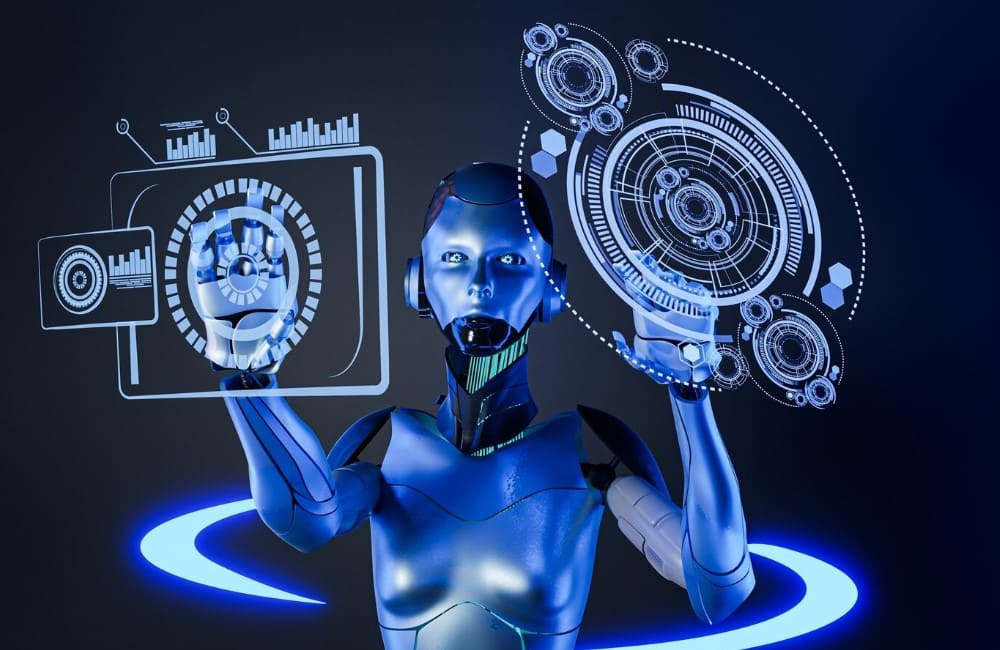Opportunities and ethical difficulties have been presented by the fast progress of artificial intelligence (AI) technology, which has altered many areas of content production.
The growing sophistication of AI-powered solutions has opened up exciting new possibilities for organizations and content providers looking to create, curate, and customize material on a massive scale. The use of AI in content production, however, raises serious ethical concerns about the trade-offs between efficiency and authenticity.
When it comes to creating content with AI, transparency is one of the most important ethical factors to consider. People may not realize they are dealing with algorithms instead of human producers when AI-generated material looks and sounds much like human-created content. Because of this opaqueness, readers may lose faith in the material and question its veracity. Businesses need to be upfront about how they utilize AI to create content and give credit where credit is due when algorithms are responsible for content generation or curation.
There are copyright and intellectual property issues that arise when AI is used to create material. By studying and combining current data and content, AI algorithms may produce new media such as text, photos, and videos. But when AI-generated content uses proprietary algorithms or is based on protected material, concerns of ownership and credit arise. To prevent infringing on others’ rights, businesses should make sure they have the correct authorizations to utilize AI-generated material and provide credit where credit is due.
Concerns about prejudice and bias are another ethical factor to think about when using AI to generate content. The massive volumes of data used to train AI systems have the potential to both reveal and reinforce societal prejudices. Because of this, AI-generated material may target certain groups unfairly due to their gender, color, ethnicity, or socioeconomic position. To guarantee that content production processes are fair, equal, and inclusive, businesses must be diligent in detecting and reducing bias in AI algorithms.
In addition, questions about the future of employment and the use of AI in content production are brought up by this technology. The potential for content production and associated occupations to be replaced by AI-powered technologies poses a threat of job loss and economic upheaval as these tools improve their ability to replicate human work. Before using AI to replace human labor, businesses should think about the ethical implications and how to protect themselves, their employees, and society from any harm that might come from it.
In spite of these moral quandaries, AI does provide chances to improve the efficacy and efficiency of content production without sacrificing authenticity. By automating mundane but necessary processes like content development, curation, and optimization, solutions powered by AI provide human creators more time to devote to the more strategic and imaginative parts of content creation. And with the aid of AI, material can be tailored to each user’s tastes and interests, which boosts engagement and ultimately drives revenue.
Last but not least, when it comes to artificial intelligence (AI) in content production, companies must strike a balance between being efficient and being genuine. They must also deal with issues of transparency, intellectual property, prejudice, discrimination, job loss, and other ethical concerns. The potential of AI may be used by companies to generate original and efficient content while still following ethical standards. The key is to be upfront about how AI is being used, to mitigate prejudice, to protect intellectual property rights, and to evaluate the implications on workers and society. To make sure AI has a positive influence in the digital world, creating content that is powered by AI ethically needs to weigh the pros and downsides.
Find Out: For more information about IT, visit this website at IT-Americano
